Journey to a corner of Bukidnon
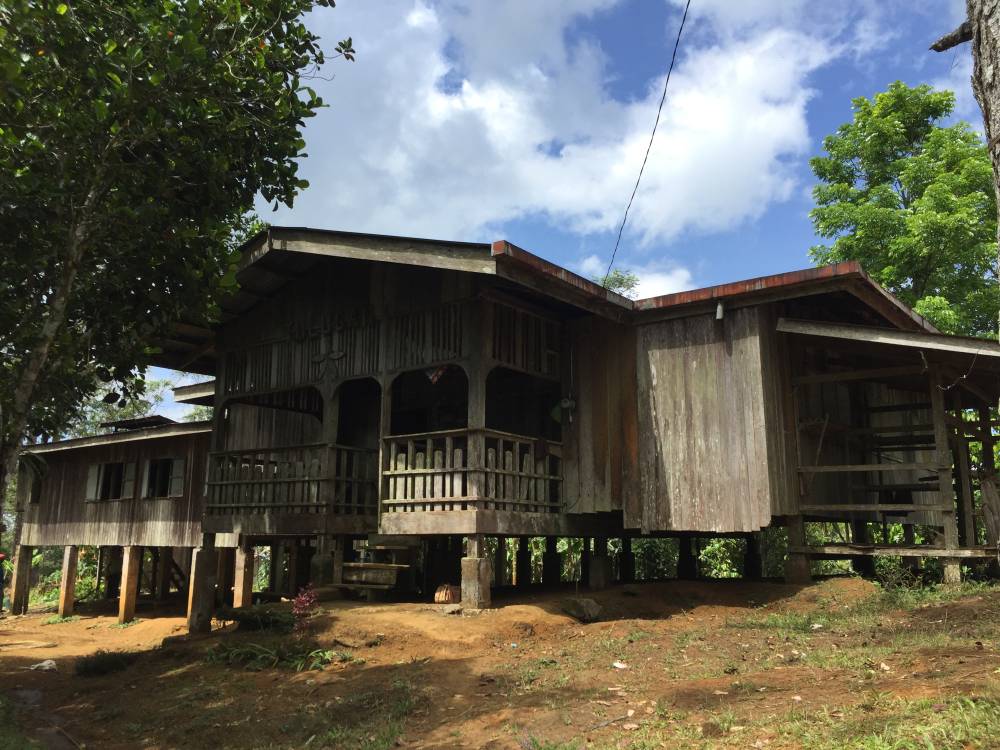
About three to four hours by private transport from the vast pineapple plantation of Manolo Fortich in Bukidnon is a far-flung sitio inhabited by the Higaonon people, a Manobo sub-group.
The sitio called Mintapud is part of Barangay Hagpa, whose center is located about less than an hour away from the former.
The sight of lush forests, pristine mountainscapes and scenic canyons enhances the long trip to this village through good, paved roads passing through military checkpoints.
Due to its elevation, as with the town, the weather, particularly during evening through the wee hours of the morning, is cool and at times, cold.
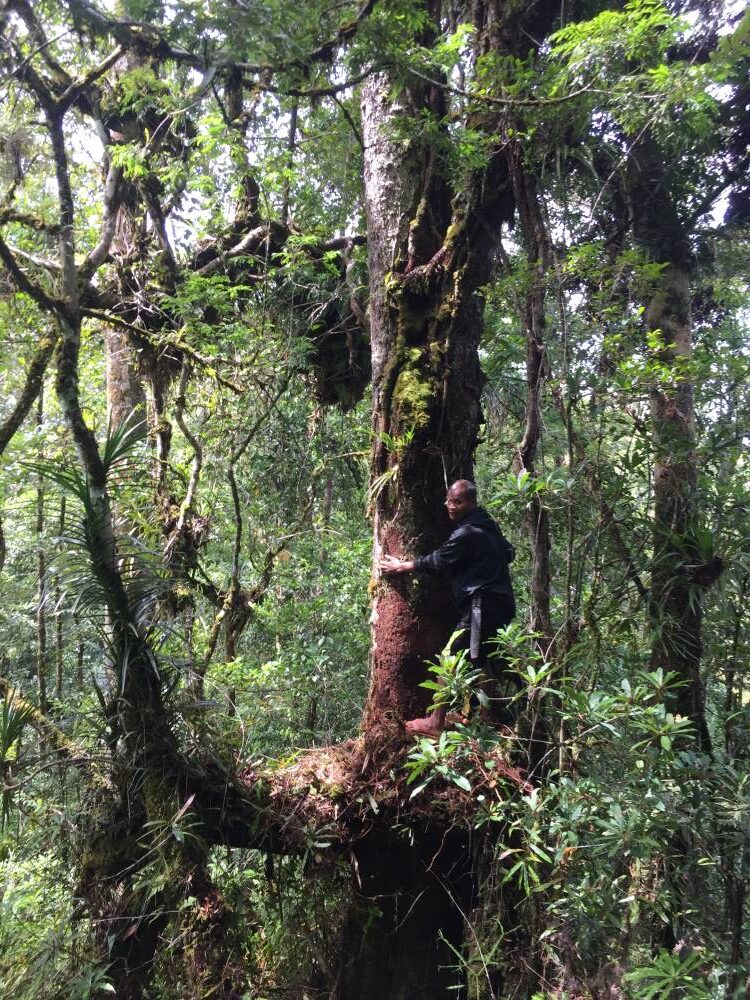
Once in the village, communication is easy because some of its residents are multilingual, as they could speak in their indigenous Binukid; Cebuano, widely known as Bisaya; Tagalog and English.
Vernacular architecture
Located at the northeast section of Impasug-ong, Mintapud borders Claveria, Misamis Oriental, to its north and Esperanza, Agusan del Sur, to its east.
Although big in terms of land area, it is a small village of few houses, typical of what used to be Manobo temporary settlements.
The houses of vernacular architecture are simple and rectangular and made from wood planks with gabled roofs. These are either elevated through the use of light posts, or built at ground level, with some yards decorated with colorful flowering plants.
The village also has a chapel of simple construction dedicated to the Sagrada Familia and a two-story convent, all of wood. Not far from this is the Mintapud Anay Ha Nauwa or the village’s elementary school, also of wood painted in yellow.
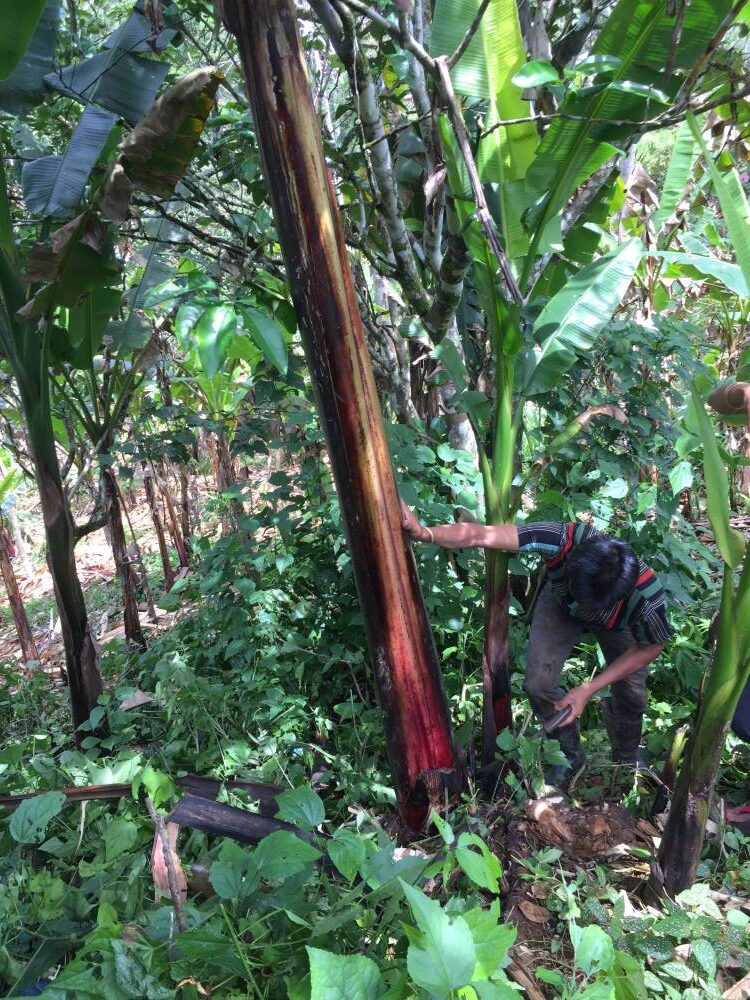
Perhaps its most important structure is the tulugan, a long wooden house on stilts used as a datu’s residence or house of justice.
Built by a nongovernment organization some years ago, its is where the village chieftain resides, and where issues in the community are heard.
It is also where rituals are held, such as the arrival rite of acceptance called pagduwat when a team from the National Commission for Culture and the Arts, which this writer was part of, arrived in the village last year to document its weaving industry.
Offerings for the spirits included slaughtered pig and chicken, eggs, a bottle of soft drink, and a popular herbal drink produced in Cebu.
Nature spirits
Although residents believe in nature spirits, many of them are Christian Catholics due to efforts by the Jesuit Bukidnon mission.
In 1957, Fr. Vincent Cullen, SJ (1921-1988) arrived in Impasug-ong and took over the Immaculate Conception parish from fellow Jesuit Fr. Fenton Fitzpatrick.
It was Cullen who became instrumental in providing the pastoral needs of the town, including Mintapud. The residents of Mintapud are so grateful to him that a picture of him hangs inside the tulugan.
In an online article written by Cullen decades ago and published by the Jesuit Bukidnon mission, he explained the reason indigenous villages in Bukidnon are located far away from population centers.
He said, “The local mountain people, the Bukidnon and the Manobo, not being plow agriculturists, had gradually ceded the grasslands of the central plateau to the ranchers and to some farmers, withdrawing to the forested hills and mountains.”
This explains why Mintapud’s location is distant from the village’s center, in a small forest clearing which is often wet, and at times, foggy.

Life is simple, with kids playing with their wooden bikes, a contraption akin to the tanlakan wooden scooters of Banaue in Ifugao.
There is no cellular phone signal, and the nearest site is at the center of the barangay through stations in sari-sari stores, providing WiFi hotspot to users.
The residents are engaged in weaving using fiber extracted from abaca, a type of banana grown for this purpose in many areas in Mindanao as well as other regions such as Bicol.
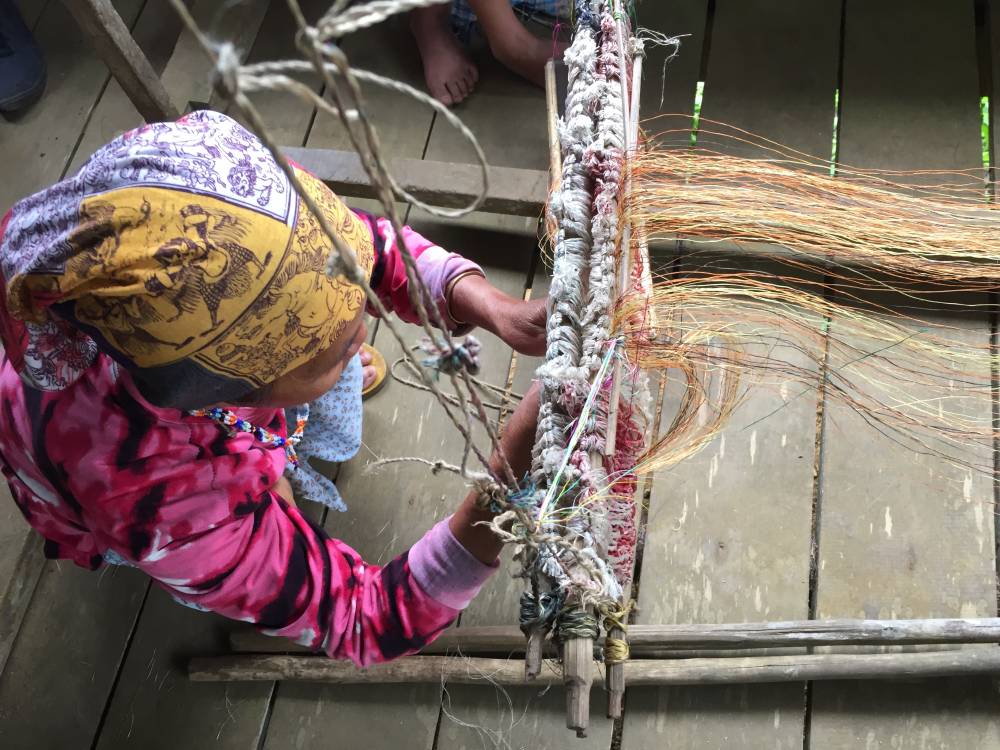
Traditional art
Textiles are produced through a tedious process, from the felling of abaca to stripping, drying, and coloring, which today is done using synthetic dyes.
Traditionally, the colors are sourced from natural materials such as guava bark to produce black; the bark of the tungog tree for orange, blood red, and brown; and cogon for yellow.
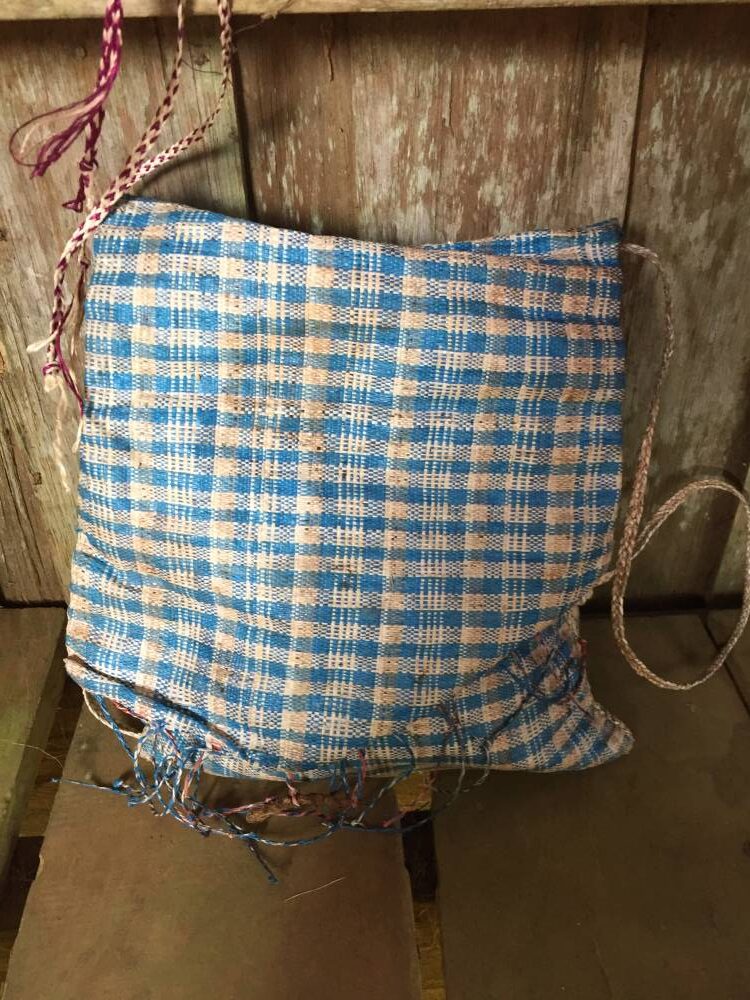
Women weavers are trained at a young age with the weaving center, a two-story structure of wood, located in front of the chapel. The textiles produced are made into traditional attire used during special occasions, coin purses, sling bags, and traditional backpacks.
In the absence of materials, particularly for the latter, strands from woven plastic sacks are reused to create these for personal use.
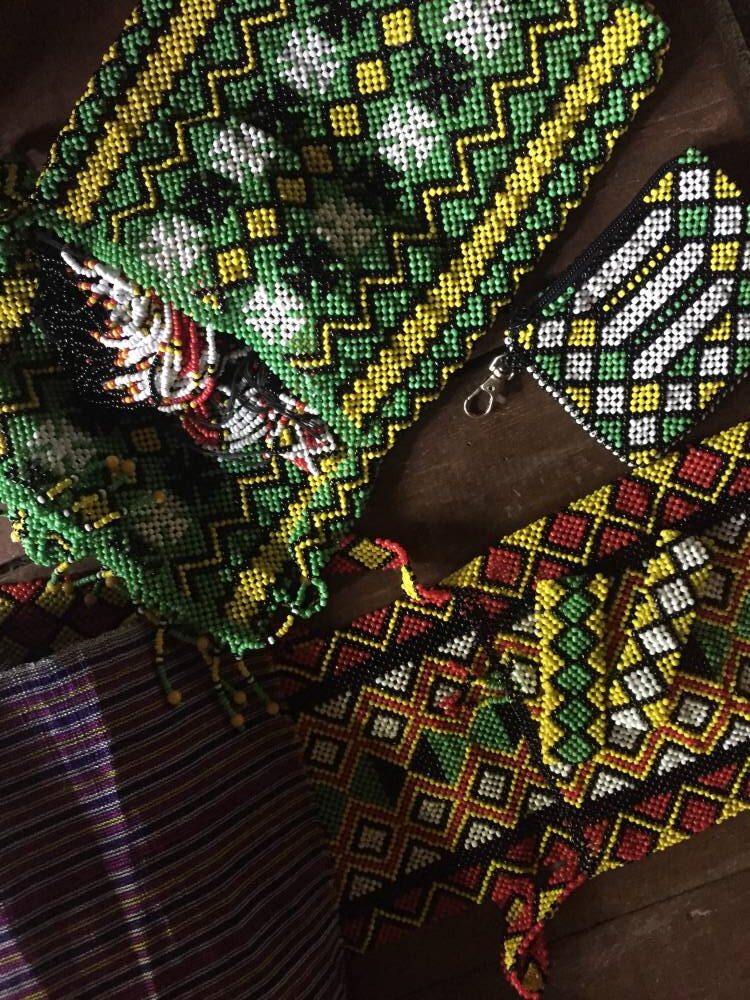
The village’s residents are also engaged in beadwork, producing colorful sling bags of geometric designs, head dresses, bracelets, and coin purses sold during town fairs and other cultural events.
Impasug-ong
This town, also spelled as Impasugong, started as a visita or mission station of Sumilao town in the 19th century.
Its parish, dedicated to the Immaculate Conception, was established during the postwar years, with Father Fitzpatrick as the first parish priest.
The Jesuit Bukidnon Mission notes, however, that Impasug-ong is the oldest parish in the Diocese of Malaybalay, as it was first established in 1830.
Today it is a progressive town producing crops such as rice, corn, and vegetables, and host to many cattle and poultry farms and a vast communal ranch.





















